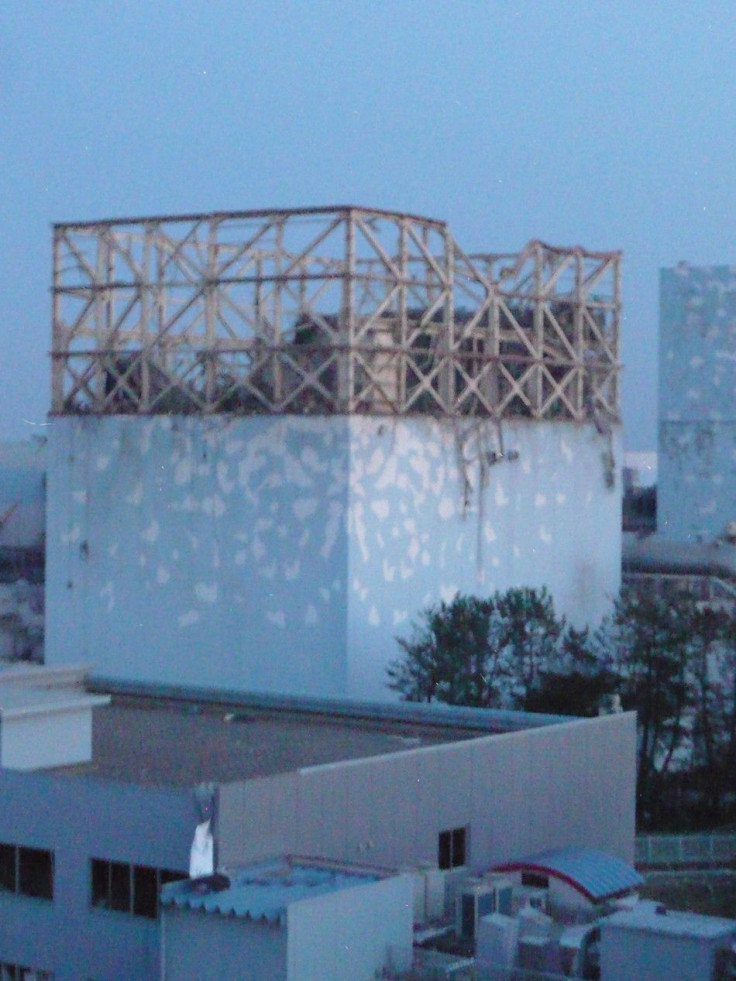Japan's Nuclear Disaster Differs From Chernobyl

The accident at the Fukushima Daiichi nuclear power plant has drawn comparisons to the Chernobyl disaster in 1986. According to some experts, while they are very different, the consequences could be as bad or worse if authorities in Japan fail to prevent a meltdown.
A meltdown is when the nuclear fuel -- basically uranium or plutonium -- in the reactor core heats up enough to melt. Radioactive materials emit heat along with nuclear radiation, and it is that heat that turns the water in the reactor to steam to power the turbines and make electricity. Reactors are cooled by pumping water through the core. If that system fails, then the core gets hotter until the nuclear fuel melts and runs the risk of breaching the containment vessel.
Arjun Makhijani, president of the Institute for Energy and Environmental Research, a nuclear watchdog group, said the short-term radioactive emissions are not as bad as Chernobyl was, but the Fukushima reactor might release more long-term radioactive material.
At Chernobyl, a failure in the cooling system, coupled with a mistake on the part of the operator, meant that the water in the reactor vessel boiled and blew the top of the reactor's containment vessel off. In addition, the Chernobyl design used graphite to moderate the reaction and control it. Graphite works well in this role, but it is almost exactly the same substance as charcoal briquettes. Heated enough, it will burn.
When the Chernobyl reactor vessel exploded it sent out hot chunks of graphite, now exposed to the air, making an already bad situation worse. At Chernobyl, much of the radiation release was due to the fire and the escape of a plume of radioactive gas and dust into the upper atmosphere, mostly caesium-137, iodine-131 and strontium-90, all of which have half-lives that are measured in days or years.
The Japanese reactors use a very different design. The control rods are made of metals that absorb neutrons and would not catch fire. In addition, there is a huge containment building that surrounds the reactor, in part to address just this kind of emergency.
But the Fukushima plant has a lot of spent nuclear fuel in a pool of water above the reactor. Keeping the spent fuel cooled in addition to the active reactor core complicates the situation. Not only could the reactor core melt down, but if the spent fuel loses its coolant (the water) it too could melt down and possibly damage the containment building.
That's why the plant could be longer-term problem, Makhijani said. Chernobyl didn't keep the spent fuel in the plant itself. Also, the kinds of radioactive materials that could be released if the containment building fails are a bit different, as one of the reactors at the Fukushima plant uses what is known as mixed oxide (MOX) fuel, which is made up of oxides of plutonium and uranium. Plutonium is considered dangerous even in small amounts. Makhijani also noted Japan is a much smaller country than the Ukraine, and much more densely populated, so a release of any radionuclide's into the air is that much more dangerous.
At the Fukushima reactor, the cooling system for three reactors failed because the tsunami, which was higher than any the surrounding walls had been designed for, submerged the generators that ran the water pumps. At first the plant workers thought they might be able to get more water into the reactor vessel and cool it down, but even with the control rods inserted all the way (which occurred immediately once the earthquake struck) it wasn't enough. The water boiled away in one of the reactors, and exposed the fuel rods to the air. The casing of the fuel rods is made of zirconium alloys. Exposed to air and steam at high temperatures it reacts, and one of the gases it releases is hydrogen.
Plant operators tried to relieve the pressure in the reactor by venting some of the gas. But something went wrong, causing an explosion on Saturday and another on Monday. In a desperate move, the operators flooded the reactor with seawater and boron, an element that absorbs neutrons. Seawater is corrosive, and ruins the equipment in the plant. But there was no choice.
On Monday, further problems developed at one of the reactors at the Fukushima plant as efforts to keep the core covered with seawater failed for several hours. That left the upper parts of the fuel rods exposed, and the possibility that there was a partial meltdown. By early Tuesday, another explosion occurred at reactor number 2, raising the possibility that the containment building had been damaged.
Chernobyl was eventually encased in concrete. It is not yet clear what the Japanese authorities will have to do.
To contact the reporter responsible for this story call (646) 461 6917 or email j.emspak@ibtimes.com.
© Copyright IBTimes 2025. All rights reserved.





















